
Chronic Pain-using Alexander Technique to manage pain conditions
Chronic Pain-using Alexander Technique to manage pain conditions
Alexander Technique for chronic pain
The Alexander Technique is an educational method, not a health-care intervention. Alexander teachers do not diagnose medical conditions, nor do lessons typically target specific medical problems. Lessons teach cognitive and attentional strategies that help cultivate postural skill. As a result, Alexander teachers traditionally conceive of health benefits as a side-effect of effective learning, rather than the goal of instruction. However, one of the most common reasons people study the Alexander Technique is to overcome or cope with chronic pain. This article will firstly talk about the relationship between physical and mental/emotional elements of chronic pain and then give a brief discussion of how the Alexander Technique is applied.
The Neural Basis of Chronic Pain

Feedback loops between pain, emotions, and cognition
Pain can have a negative effect on emotions and on cognitive function. Conversely, a negative emotional state can lead to increased pain, whereas a positive state can reduce pain. Similarly, cognitive states such as attention and memory can either increase or decrease pain. Of course, emotions and cognition can also reciprocally interact. The minus sign refers to a negative effect and the plus sign refers to a positive effect. 2
Chronic pain is a complex and multifaceted condition, often characterized by persistent discomfort lasting beyond the expected healing time. While acute pain serves as a protective mechanism, alerting us to potential threats and injuries, chronic pain appears to involve maladaptive neural plasticity. The Alexander Technique offers a promising intervention to improve these maladaptive patterns and enhance pain management.
Pain has several important dimensions: a sensory dimension — where does it hurt and how much does it hurt; an emotional dimension — how unpleasant is the experience; and a cognitive dimension — how do we interpret the pain based on our previous experience, does it cause fear and anxiety, and how do we respond to the threat posed by pain.1
Long-term pain experiences can lead to alterations in the brain’s structure and function. These changes can affect areas responsible for pain perception, emotion regulation, and cognitive processing. Neuroplasticity, the brain’s ability to reorganize and form new neural connections, plays a significant role in the development and persistence of chronic pain. This means that treatments just targeting the pain pathways may not be effective.
The Vicious Cycle of Psycho-Physical Chronic Pain
Psycho-physical chronic pain represents a complex interplay between physical symptoms and psychological factors, such as anxiety, depression, and stress. Habitual neuronal programs contribute to the perpetuation of this cycle, reinforcing maladaptive pain behaviors and outcomes. Stress can be related to work factors, relationships, financial stress, health-related stress, etc.
Pain-Related Fear and Avoidance
Habitual neuronal programs can lead to the development of pain-related fear and avoidance behaviors. When an individual experiences pain, the brain may establish associations between certain movements or activities and pain, leading to an avoidance of those actions. This avoidance can exacerbate physical deconditioning, further fueling chronic pain. Avoidance of certain movements that have been identified as pain causing, can lead to rigidity, poor postures and compensatory guarding movements.
Catastrophizing and Amplification
Habitual cognitive patterns, including catastrophizing and amplification of pain signals, can intensify the perception of pain. Catastrophizing involves magnifying the perceived threat of pain and its potential consequences, leading to heightened distress and disability. Amplification, on the other hand, involves a heightened awareness and focus on pain sensations, making them feel more intense than they might be.
The legend of Boot Nail Guy:
A builder aged 29 came to the accident and emergency department having jumped down on to a 15 cm nail. As the smallest movement of the nail was painful, he was sedated with fentanyl and midazolam. The nail was then pulled out from below. When his boot was removed a miraculous cure appeared to have taken place. Despite entering proximal to the steel toecap, the nail had penetrated between the toes: the foot was entirely uninjured. 4
The story, which is now a part of “pain study legend” gives an idea of the key role that our minds and thoughts have in processing pain experiences.
Emotional Regulation and Chronic Pain
The relationship between emotions and pain is bidirectional. (see illustration above.) Habitual emotional responses can influence pain processing, while chronic pain can also impact emotional regulation. Habits of rumination (excessive, repetitive thinking focused on the same, usually negative, idea or theme), emotional suppression, or avoidance can exacerbate pain experiences, creating a self-perpetuating cycle.
Although chronic pain may often have root in physical injury or disease, it appears that there may be many habits, postures, emotions, and ideas that underpin the condition. This gives an indication of why Alexander Technique has been shown to be so effective in working with chronic pain management.
Mind-Body Connection
Central to the Alexander Technique is the recognition of the interconnectedness between the mind and body. By addressing the mind-body connection, the Alexander Technique encourages individuals to challenge habitual, cognitive and neuronal patterns associated with chronic pain. Alexander Technique is characterised by its gentle, non-judgemental exploration of what may be possible in a person’s movement set. Due to the use of “discovery” rather than exercise or imposition of right or wrongs, Alexander students learn to uncover safe movement and posture outside of the normal habitual set. With the help of a trained teacher, the Alexander student begins to explore those movements and postures that provide a different physical and psychological description of body awareness. This often leads to a reduction of pain days that can become a significant proof that even chronic pain can be abated and overcome.
Mindfulness and Self-Reflection
Another foundation element of the Alexander Technique is the practice of mindful attention– the practice of being fully present and aware of one’s thoughts, feelings, and physical sensations. Through mindfulness, individuals can identify maladaptive cognitive patterns, such as catastrophizing or negative self-talk, that may exacerbate chronic pain.
By cultivating self-reflection, Alexander Technique students become aware of how their thoughts and emotions influence physical tension and pain. Alexander students are taught to recognise and interrupt maladaptive patterns of thought, emotion and movement. This can open the door to new, more constructive responses to pain.
Studies
A number of studies looking at the efficacy of Alexander Technique have shown it to be a promising approach for pain sufferers. For instance:
The Effectiveness of Alexander Technique and Massage Therapy on Chronic Non-Specific Low Back Pain: A Randomized Controlled Trial (2015) Published in the International Journal of Clinical Practice, investigated the effectiveness of the Alexander Technique and massage therapy in managing chronic non-specific low back pain. The results showed that both interventions led to significant reductions in pain and improved functioning compared to usual care.
A Comparison of the Effects of 6 Weeks Alexander Technique Training and Aerobic Exercise on Functioning in Adults With Chronic, Non-Specific Musculoskeletal Pain (2007) This study, published in Clinical Rehabilitation, compared the effects of six weeks of Alexander Technique training and aerobic exercise in adults with chronic, non-specific musculoskeletal pain. Both interventions were found to be effective in improving functioning and reducing pain, suggesting that the Alexander Technique can be a valuable alternative to exercise-based interventions for chronic pain management.
The Long-Term Effects of Alexander Technique Lessons in the Treatment of Chronic Back Pain (2005) Published in the British Journal of Medicine, this study examined the long-term effects of Alexander Technique lessons on chronic back pain. The researchers found that individuals who received Alexander Technique lessons reported sustained improvements in pain, disability, and quality of life even one year after the intervention.
A complete list of research can be found here 5
References
1. Crofford LJ. Chronic Pain: Where the Body Meets the Brain. Trans Am Clin Climatol Assoc. 2015;126:167-83. PMID: 26330672; PMCID: PMC4530716.
2. Taken from Bushnell MC, Ceko M, Low LA. Cognitive and emotional control of pain and its disruption in chronic pain. Nat Rev Neurosci. 2013 Jul;14(7):502-11. doi: 10.1038/nrn3516. Epub 2013 May 30. PMID: 23719569; PMCID: PMC4465351.
4.A Tale of Two Nails | Psychology Today Australia
5.Alexander Technique Science website
(2016) Combining manual therapy with pain neuroscience education in the treatment of chronic low back pain: A narrative review of the literature, Physiotherapy Theory and Practice, 32:5, 408-414, DOI: 10.1080/09593985.2016.1194663
More Alexander Technique articles
-

Alexander Technique and Posture
Achieve Better Posture with the Alexander Technique Who wouldn't like great posture? After all posture reflects who we are, our mood, our...
-

Backsaver | use a Backsaver cushion for a comfortable semi-supine
The semi-supine is a procedure that is recommended by Alexander Technique teachers around the world. It involves lying on a firm surface, having the...
-

Chronic Pain-using Alexander Technique to manage pain conditions
Alexander Technique for chronic pain The Alexander Technique is an educational method, not a health-care intervention. Alexander teachers do not...
-

Best self-improvement-Constructive Conscious Control of the Individual
The best self-improvement for your well-being is Constructive Conscious Control In the realm of self-improvement and personal growth, one concept...
-

Alexander Technique and breathing
The Alexander Technique presents a holistic approach for improving posture, movement, and overall well-being. Developed by F.M. Alexander in the...
-

Manage your herniated disc
It’s called a “slipped disc”, a ‘bulging disc” or a “herniated disc”. It means pretty much the same...
-

Yoga and semi-supine
In yoga it’s called “savasana”. In Alexander Technique it’s called “semi supine” or “constructive...
-

Sciatica self-regulation with Alexander Technique.
Alexander lessons can assist you to manage sciatica. Sciatic pain happens when inappropriate pressure comes onto the sciatic nerve. The causes can...
-

Use your hip joints to avoid back pain
Did you know that the most common type of back pain, suffered by people, is lower back pain? If you have lower back pain, it's a red flag that...
-

What is the Alexander Technique semi-supine position?
This person is doing an Alexander Technique procedure called the 'semi-supine'. Some people call this the 'Rescue Position'. It's called the Rescue...
-

The Alexander Approach
The Alexander approach to human functioning. The Alexander approach to teaching provides you with the opportunity for making choice within your...
-

Alexander Technique for Back Pain.
If you have pains in your back, legs arms and neck that won’t go away, you are not alone. Over 4 million people in Australia or (16% of the...
-

Alexander Technique and scoliosis
Alexander Technique is an invaluable tool for anyone who suffers from scoliosis. Conventional treatment involves the sufferer wearing a brace....
-

Is Alexander Technique Quackery?
Is Alexander Technique Quackery?If you are developing an interest in Alexander Technique, it's good to gather information and understand what it is...
-

Does Alexander Technique help back pain?
Chronic back pain can be effectively managed by employing Alexander Technique skills. Pain sufferers not only experienced reduction in pain days but...


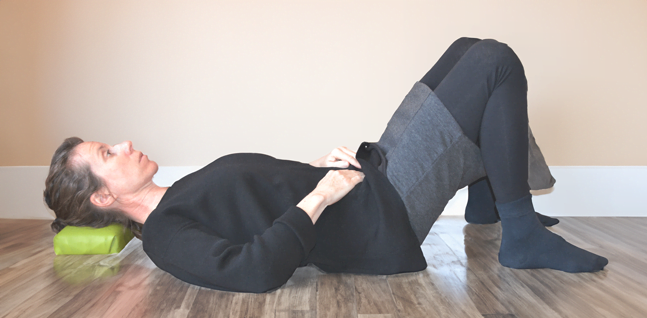







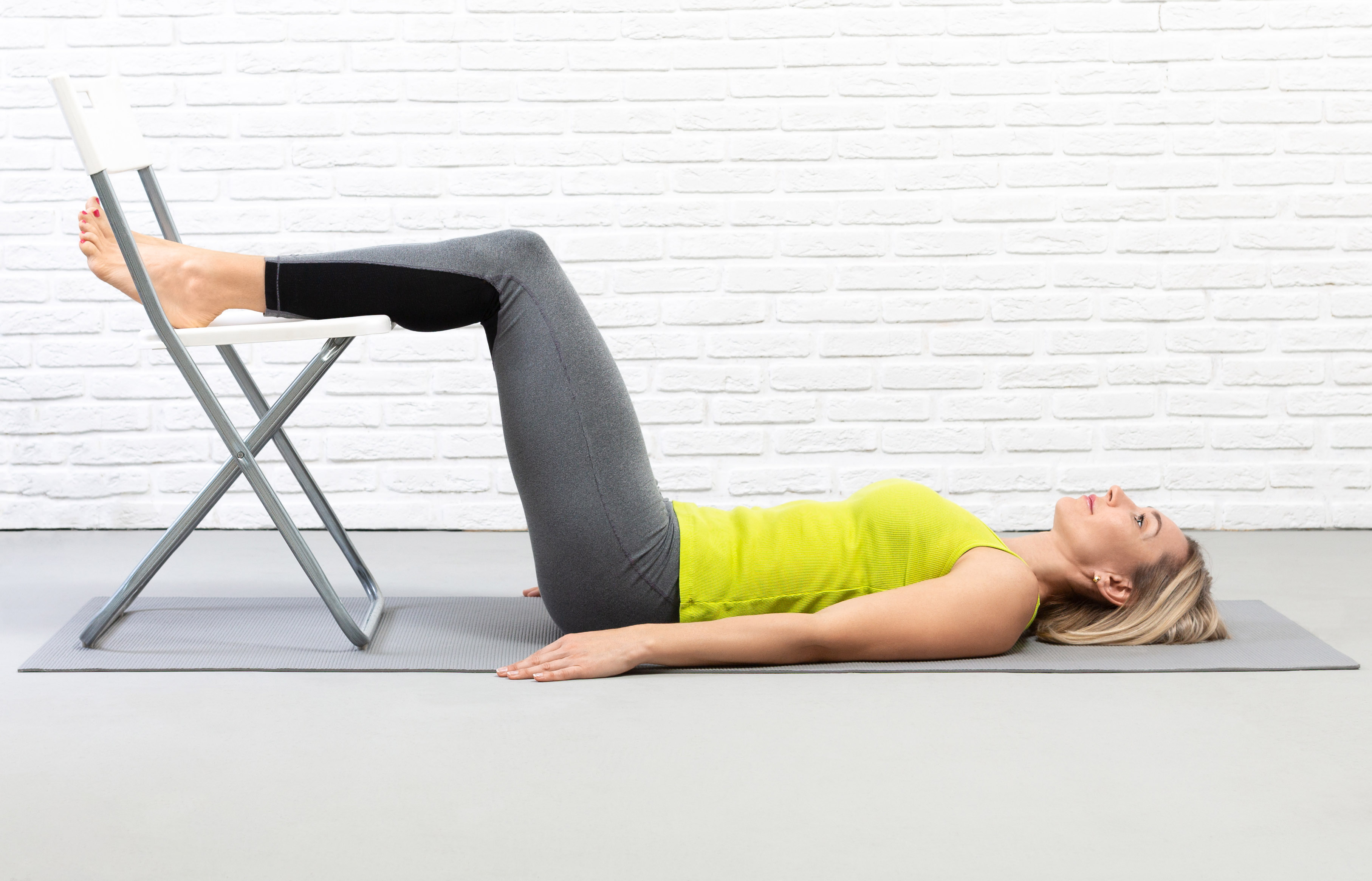
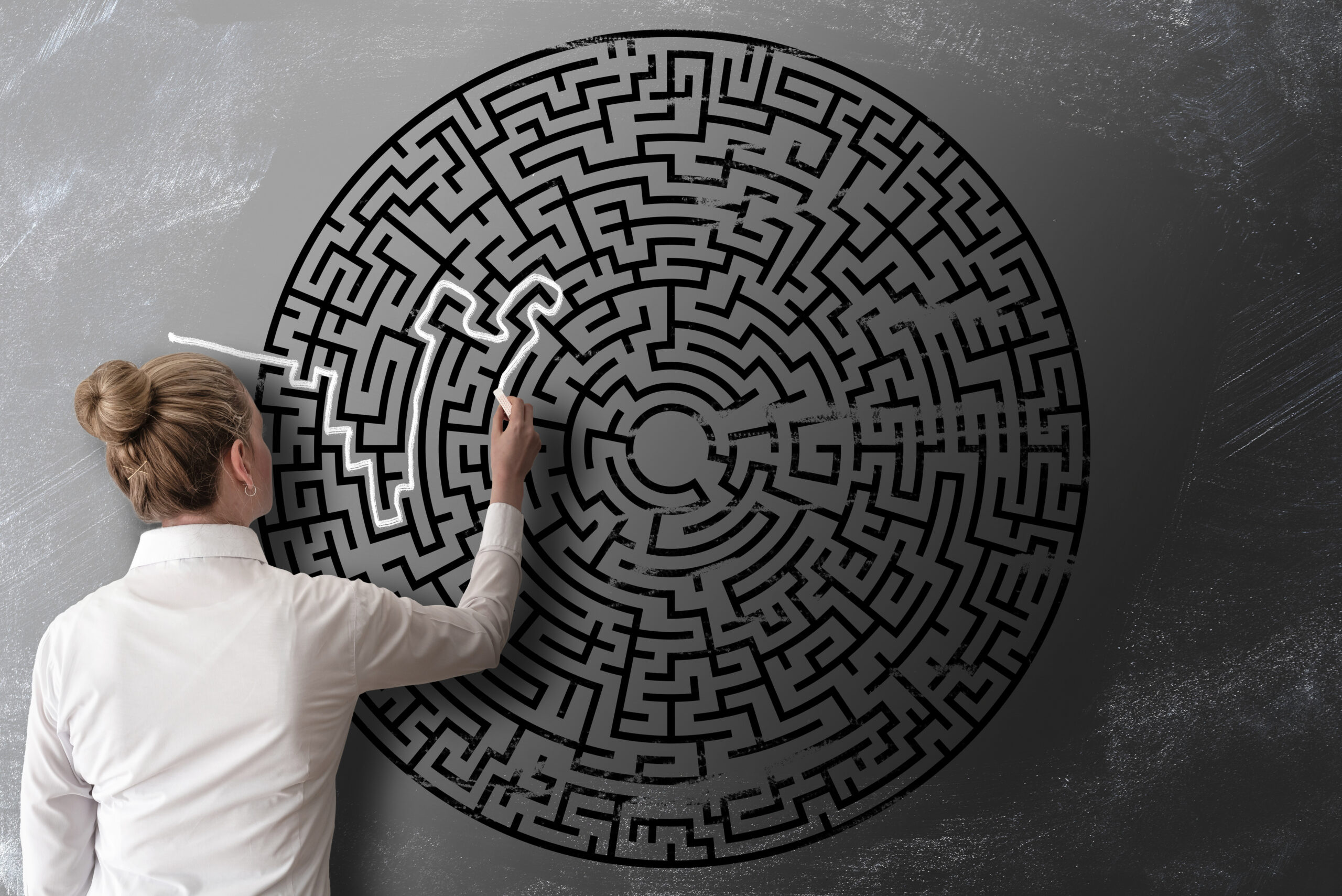
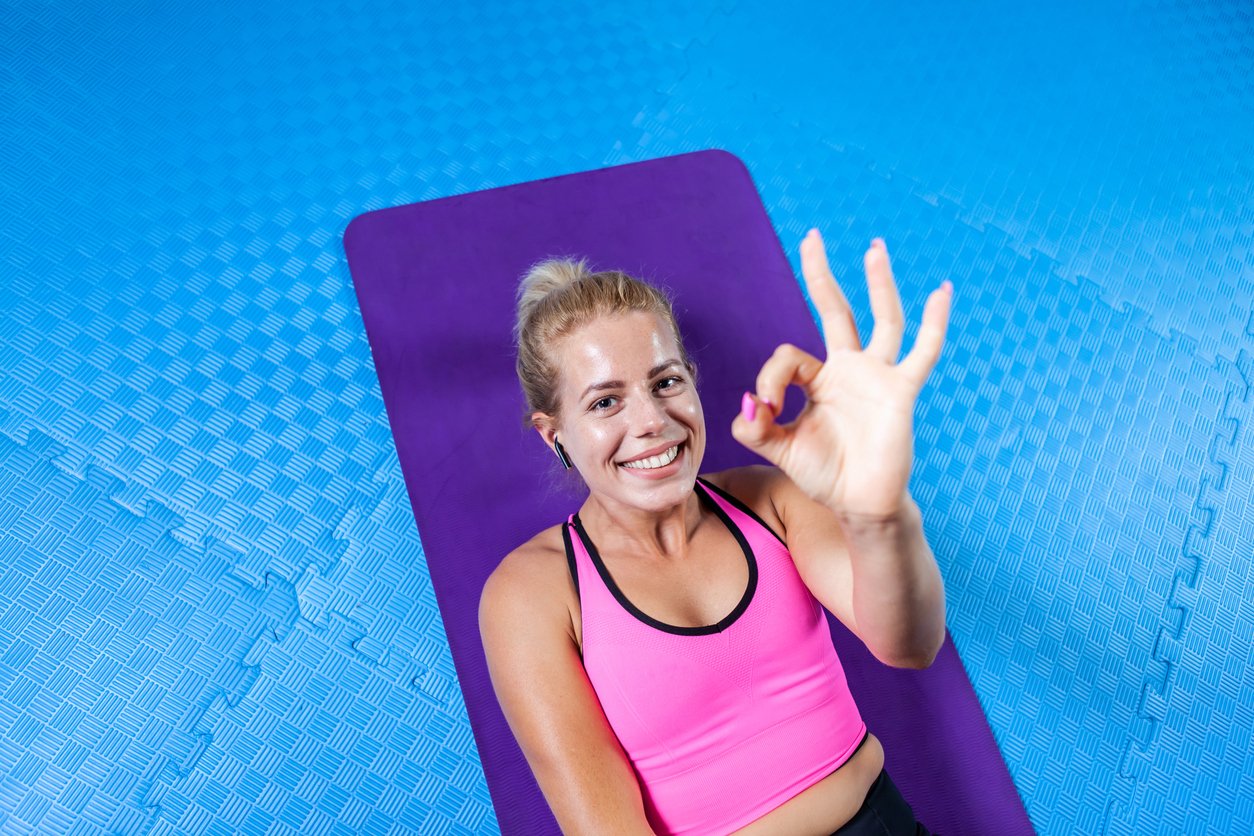
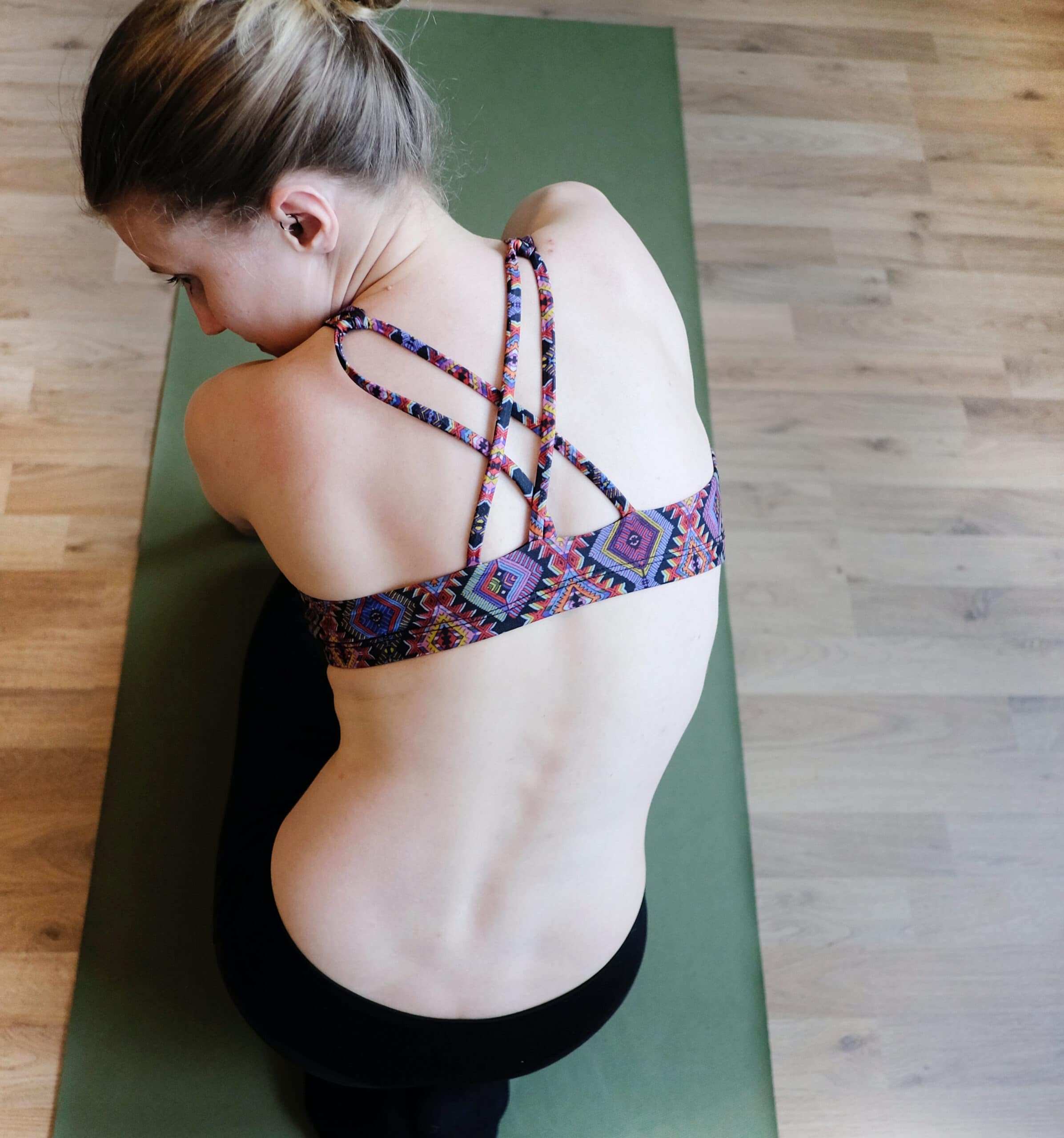
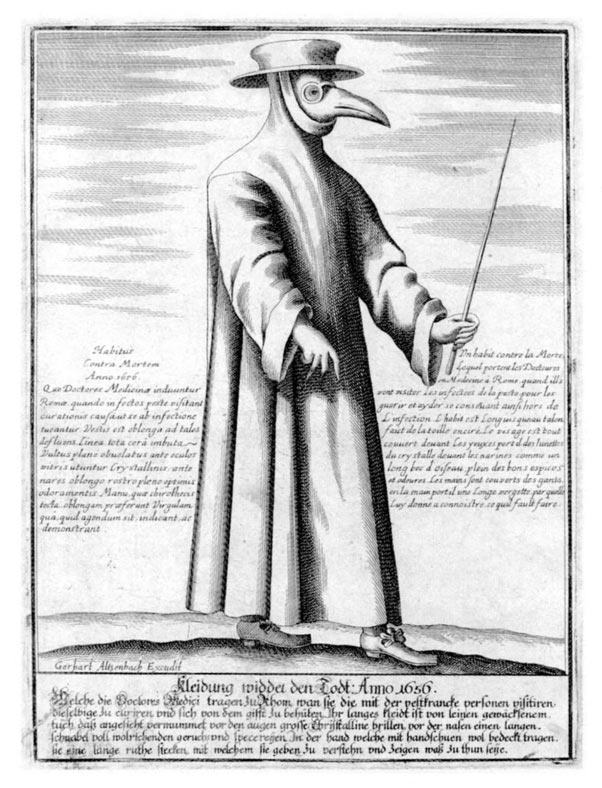


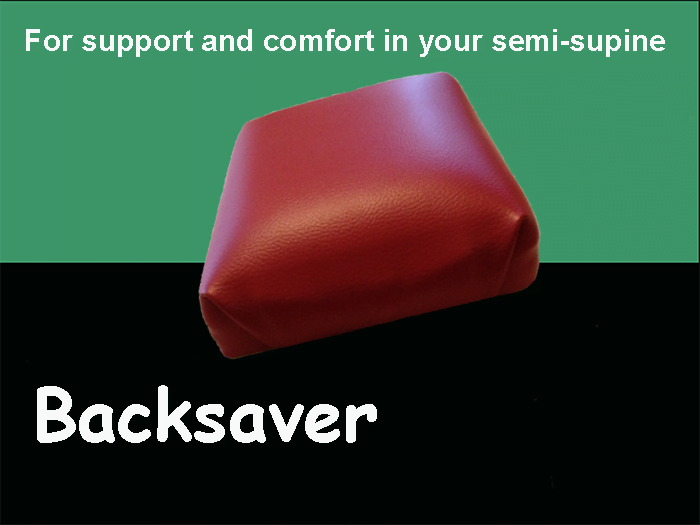
Recent Comments